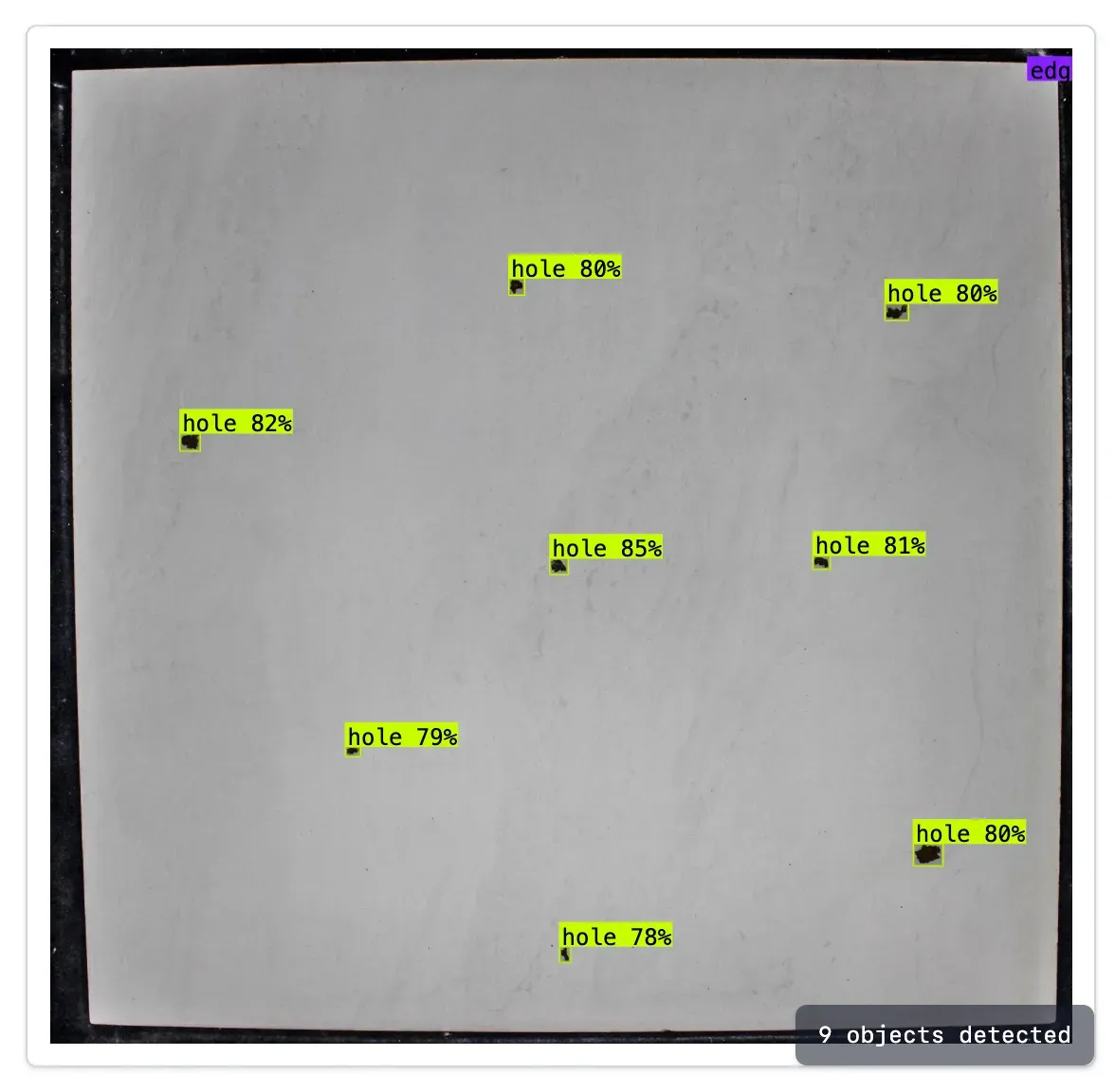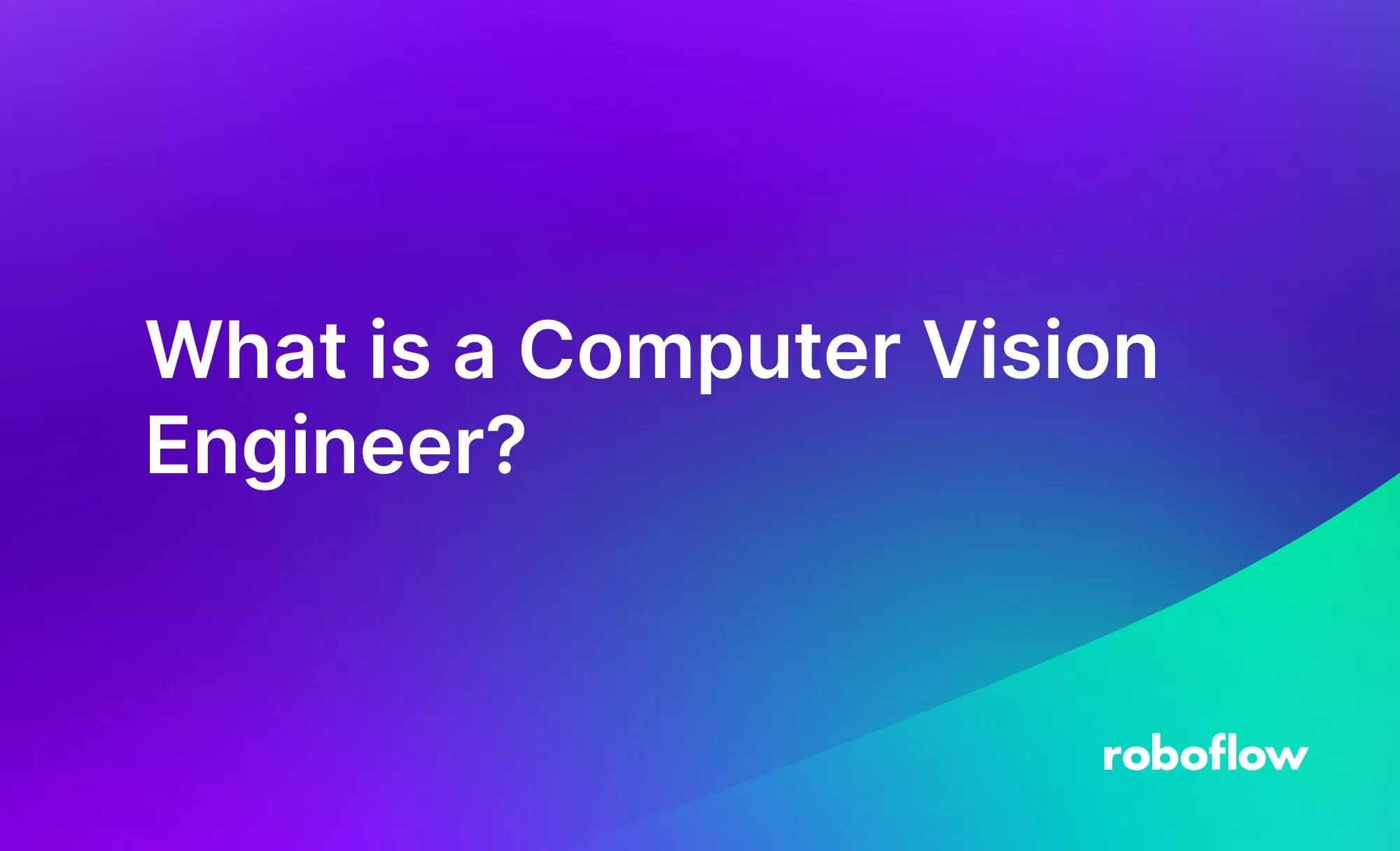Over the last decade, deep learning has brought forth a new revolution in image processing with computers. It is now possible for computers to process image data to classify images, identify objects in images, and segment exact regions of images with incredibly high rates of accuracy.

The ramifications of deep learning in image processing have been felt across all industries. Manufacturing firms can use computer vision to identify defects in products, retailers can use computer vision to inventory products, and logistics firms can use computer vision to manage shipping yards..
With computer vision being used across so many industries, there is substantial demand for computer vision engineers. Computer vision engineers work with image data and videos to solve problems.
In this guide, we are going to discuss:
- What a computer vision engineer is;
- What responsibilities computer vision engineers have;
- The skills you need to be a computer vision engineer, and;
- The industries that employ vision engineers.
Without further ado, let’s get started!
What is a Computer Vision Engineer?
Computer vision engineers develop software that use visual inputs. There are many tasks that a vision engineer may work across, including classifying images, identifying objects in images, segmenting exact regions in an image, finding key points in an image, and more.
Here is an example of a computer vision system identifying and counting shipping containers for use on an intermodal yard:
Computer vision engineers are experts in using deep learning and traditional, pattern-based vision processes to solve problems. An engineer should be able to take an abstract business problem that involves visual data – for example, identifying defects on an assembly line – and build a system that is able to solve that problem.
A computer vision engineer may build systems to:
- Identify defects in products;
- Identify safety hazards;
- Analyze aerial imagery;
- Identify anomalies in a dataset;
- Monitor defect rates at different points in an assembly line;
- Search large datasets of images;
- And more.
Computer Vision Engineer Responsibilities
Computer vision engineers work closely with business stakeholders to build solutions to problems.
For example, consider a scenario where you are working for a beverage manufacturer who wants to reduce defect rates in bottle caps. The manufacturing staff would outline the problem: the team wants to reduce defect rates. Then, a vision engineer would work to solve the problem with the team. See our guide on how a computer vision engineer would build this exact system.
With this problem statement, an engineer would devise a plan to solve the problem. This may involve documenting existing defects, then training a classification or detection model to identify those defects. This is called “model building”.
The engineer would then work on deploying the model. This involves rolling out the model to the environment in which it will be used. In this example, the engineer would work to ensure the model can run on camera feeds from the assembly line. The model could then be integrated into business logic. For example, the engineer may work with their team to:
- Build an alert system that triggers if the incidence of a particular defect is too high;
- Ensure the assembly line automatically rejects products that do not meet quality standards, and;
- Build a central dashboard that shows defect rates across different parts of a facility.
Once a model has been developed, the engineer would evaluate the model and tune it as needed. For example, if the model struggles to identify a particular defect – for example, a malformed bottle cap – the engineer would use their skills to find out the source of a problem and improve the system.
There are several paths of entry for computer vision engineers. You can study computer science, image processing, or deep learning in university and proceed to work as a computer vision engineer. You can also pursue a career in data science, then transition to computer vision.
For many vision roles – for example, in manufacturing – a degree in computer or data science, or equivalent experience, will be sufficient to find a role.
Skills You Need as a Computer Vision Engineer
Computer vision engineers apply many skills in their day-to-day role. Let’s talk about soft skills first, then technical skills.
Ultimately, the role of a computer vision engineer is to solve problems and think critically about them. This involves taking in lots of information from different stakeholders and using it to come up with a solution to a problem. Often, vision engineers need to explore multiple different solutions, then evaluate which one makes the most sense for a given situation.
Any solution will need to be developed within the parameters given to an engineer. For example, a solution may have to work on particular hardware, achieve at least a specific rate of accuracy, run at a certain speed, and more.
Consider a scenario where you are building a model to identify metal defects. The model may need to achieve 98% or higher accuracy. To reach this level of accuracy, the engineer will have to continually iterate on their system, using critical thinking skills to identify opportunities for improvement. For example, a system could be made more accurate by collecting more representative images, pruning a dataset, using or changing augmentation settings, and more.
In terms of technical skills, vision engineers need to have a strong grasp of machine learning foundations and programming. Here are a few technical skills you can expect to need as a computer vision engineer:
- A strong understanding of Python
- The ability to train a computer vision model
- Knowledge of ways in which a model can be deployed
- Knowing how to improve a vision model
- Writing reports and documents that outline how a vision system works
There are several software libraries with which you may need experience, too. These include:
- OpenCV
- Transformers (for deep learning tasks)
- Any vision model library (i.e. MMDetection)
- Deployment infrastructure (i.e. Inference)
- Libraries that help you process predictions (i.e. Supervision)
Industries that Employ Computer Vision Engineers
Computer vision engineers are hired across many sectors of the economy. Let’s talk through a few industries that employ computer vision engineers.
Manufacturing
Computer vision has been used extensively in manufacturing processes over the last few decades. Computer vision is commonly used to identify defects in products and to ensure specific quality standards are met.
If you are working for a manufacturing organization, you can expect to build systems that identify defects, identify safety hazards, and assure the quality of a product manufactured on an assembly line. You may also work on quality assurance systems for manual assembly.
Logistics
As a computer vision engineer at a logistics company, you may build systems to:
- Identify packages as they enter a facility and automatically add them to an inventory system;
- Route packages based on given parameters (i.e. package size, letter vs. box);
- Build systems that check when intermodal containers arrive at a shipping yard, and more.
Retail
Retailers can use computer vision to ensure shelves are fully and properly stocked. As a computer vision engineer working for a retail company, you may build a system that ensures shelves meet a planogram (a diagram that states where different products should appear on shelves throughout a store).
You may also work on building systems directly for use by customers, such as self-service stores that can track what you have purchased without having to use a checkout.
Other Industries
There are many other industries in which computer vision is used, including:
- Defense
- Medicine
- Agriculture
- Security
- Construction
For some industries, such as defense and medicine, you will have to have extensive education in the subject matter area as well as how computer vision applies to that subject before working as an engineer. In other industries, such as manufacturing and retail, extensive knowledge of computer vision is enough to find a role.
Conclusion
Computer vision engineers use visual data to solve problems. On a given day, a computer vision engineer may start developing a new model to identify defects (i.e. for an assembly line), work to improve the performance of an existing model, monitor model performance, deploy models to a new device, and more.
Computer vision engineers work across many industries. Where there is a visual input to be processed, computer vision can be used. For example, manufacturing companies use vision to assure the quality of products and identify defects. Logistics companies use vision to ensure packages are routed correctly. Retailers use vision for ensuring shelves are properly stocked, among many other use cases.

